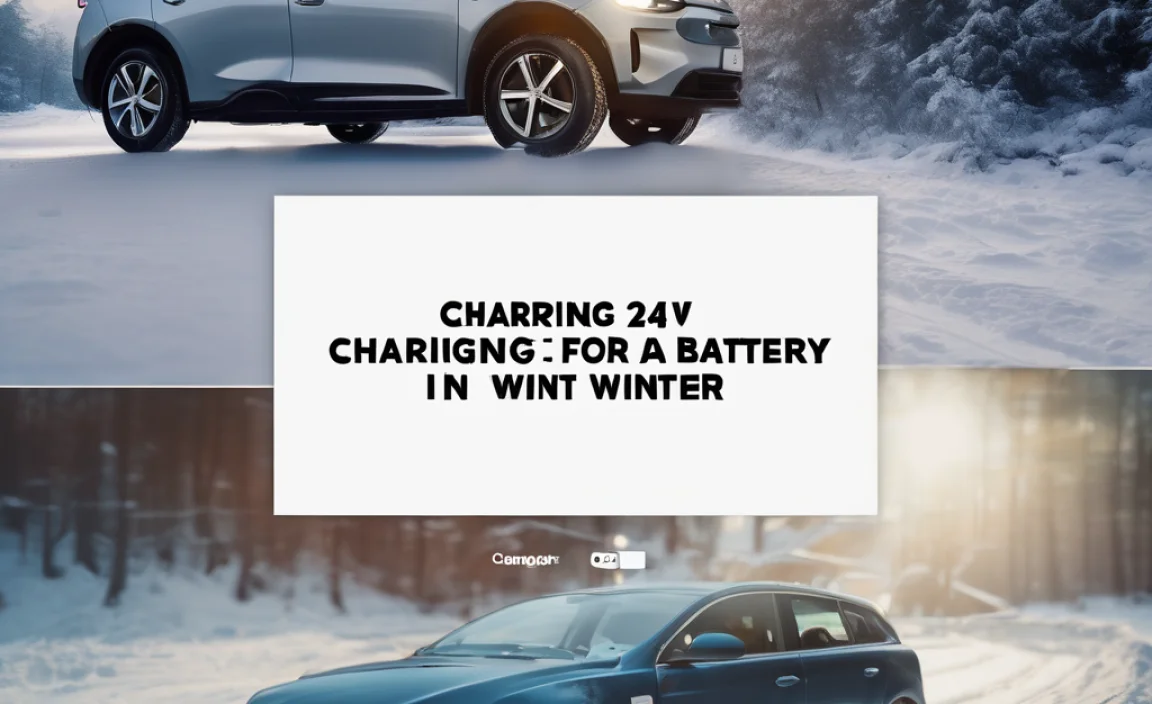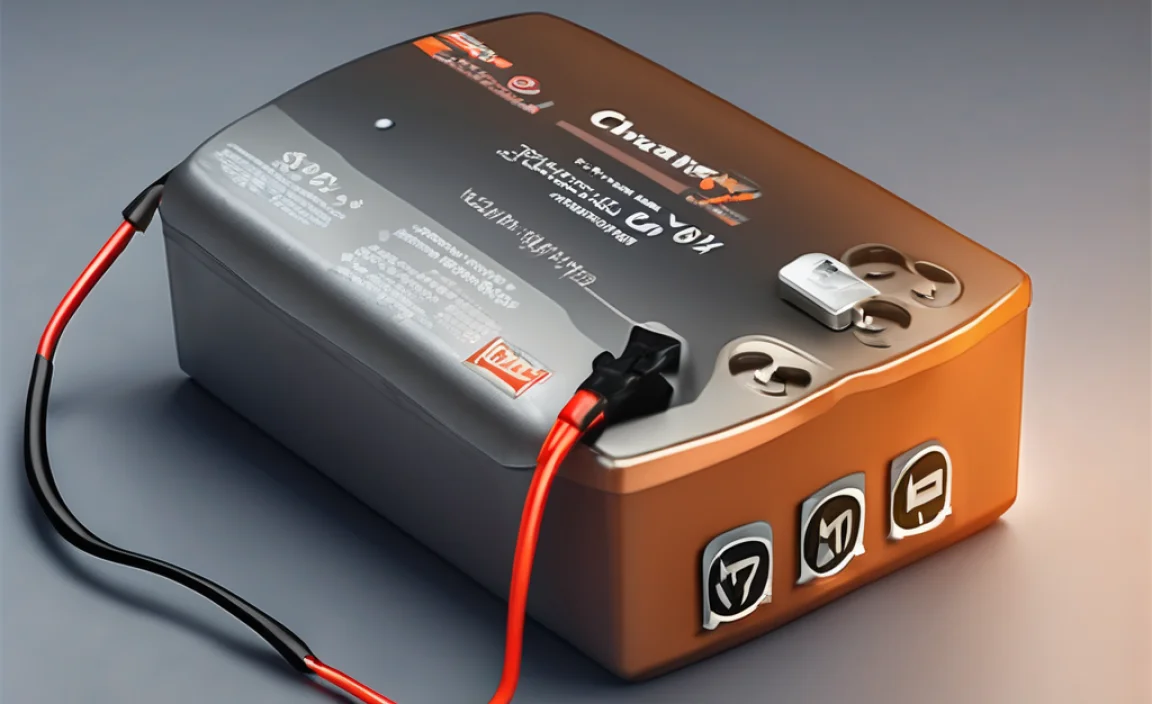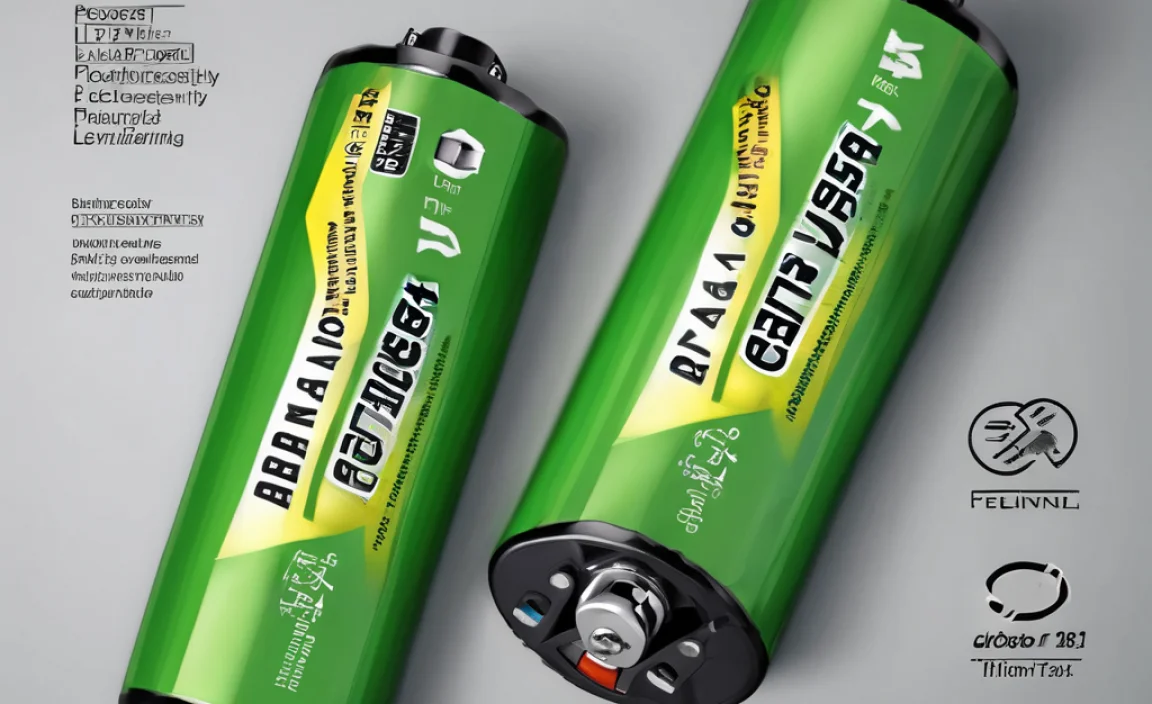Weed Eater Battery: Best Replacement Power
When your trusty weed eater sputters and dies mid-task, the culprit is often a depleted or aging weed eater battery. For those relying on the convenience of cordless power, a reliable battery is paramount. Replacing your old power source isn’t just about getting back to trimming your lawn; it’s about choosing the best replacement battery for your weed eater to ensure optimal performance, longevity, and a satisfying finish to your outdoor chores. This guide will delve into what makes a great replacement battery, factors to consider, and how to make the smartest choice for your specific needs.
The world of weed eater batteries can seem overwhelming with various brands, amperages, and voltages. However, understanding a few key principles will simplify the selection process. The primary function of your weed eater battery is to deliver consistent power to the motor, allowing the cutting line to spin at the necessary speed to tackle grass, weeds, and even light brush. A weak or failing battery will result in reduced power, shorter runtimes, and increased frustration. Investing in a quality replacement battery means investing in efficient and effective yard maintenance.
Understanding Weed Eater Battery Types
Most modern cordless weed eaters utilize one of two primary battery technologies: Nickel-Cadmium (NiCd) or Lithium-Ion (Li-ion). While NiCd batteries were once the standard, Li-ion has rapidly become the preferred choice due to its significant advantages.
Nickel-Cadmium batteries are older technology. They are generally heavier, have a shorter lifespan, and suffer from “memory effect,” meaning they can lose capacity if not fully discharged before recharging. They also tend to lose power as they discharge.
Lithium-Ion batteries, on the other hand, are lighter, more powerful, and hold their charge for longer periods. They don’t suffer from memory effect and provide consistent power output throughout their discharge cycle. Most new weed eaters are designed for Li-ion batteries, and if you’re replacing an older NiCd battery, upgrading to Li-ion will likely offer a noticeable improvement in performance and user experience.
Key Factors When Choosing a Replacement Battery
When searching for a replacement battery for weed eater, several crucial factors will guide your decision:
Voltage (V): The voltage of the battery must match your weed eater’s requirements. A weed eater designed for a 40V battery will not work with a 20V battery, and attempting to use a higher voltage battery than recommended can damage the tool. Check the label on your original battery or your weed eater’s manual for the correct voltage.
Amperage-Hour (Ah): This rating indicates the battery’s capacity – essentially, how long it can provide power. A higher Ah rating means a longer runtime. If you have a large yard or frequently tackle tough jobs, a higher Ah battery will be more beneficial. However, a higher Ah battery might also be slightly larger and heavier.
Compatibility: This is perhaps the most critical factor. Ensure the replacement battery for weed eater you choose is compatible with your specific weed eater model. Some brands have proprietary battery systems, meaning only their batteries will fit and function correctly. Always check the product description or consult your weed eater’s manual to confirm compatibility. Aftermarket batteries can sometimes be a viable option, but it’s essential to research their quality and compatibility thoroughly.
Brand and Quality: While generic or unbranded batteries might seem appealing due to their lower price point, they often lack the quality control and safety features of reputable brands. Investing in a battery from the original manufacturer or a well-regarded third-party brand known for battery technology can prevent performance issues and potential safety hazards. Look for batteries with built-in overcharge protection, temperature control, and short-circuit protection.
Charger Compatibility: If you’re replacing your only battery, you’ll also need to consider if your existing charger will work with the new battery. Most Li-ion battery systems are designed to work with specific chargers. Ensure your new battery is compatible with your current charger, or be prepared to purchase a new charger as well.
Maximizing Your Weed Eater Battery’s Lifespan
Once you’ve found the best replacement battery for your weed eater, proper care will ensure it lasts for many seasons.
Avoid Extreme Temperatures: Don’t store or charge your battery in excessively hot or cold conditions. Extreme temperatures can degrade the battery’s internal components and reduce its overall lifespan.
Partial Discharges are Okay (for Li-ion): Unlike older NiCd batteries, Li-ion batteries don’t suffer from “memory effect,” so you don’t need to fully discharge them before recharging. It’s often better to recharge them when they’re partially depleted.
Store Properly: If you won’t be using your weed eater for an extended period, store the battery in a cool, dry place with about a 50% charge.
* Keep Contacts Clean: Ensure the battery contacts and the tool’s terminals are free from dirt and debris. This ensures a good connection and optimal power transfer.
The Benefits of Upgrading
Choosing a high-quality replacement battery for weed eater offers several benefits that extend beyond simply getting the job done. A new, powerful battery can revitalize an older tool, making it feel as good as new. You’ll experience longer runtimes, allowing you to complete your yard work without interruption. The consistent power output means a cleaner, more efficient cut. Furthermore, investing in a reputable battery brand contributes to the overall safety and longevity of your weed eater. Don’t let a weak battery hold you back; choosing the right replacement power source is an investment in a well-maintained and beautiful outdoor space.



